BEYOND HEARING
Unleash Deaf people’s Hearing Superpower
Overview
“Unleashing Deaf people’s hearing superpower”
Beyond Hearing is an augmented reality interface, localising sound with a multi-sense feedback system to improve Deaf people’s safety, communication and daily sound engagement.
Deaf people lacks the ability of sound localisation which might lead to dangerous accidents. Besides, car flashing by without having any sound cue increases mental pressure when Deaf people go out. Beyond Hearing assists them with visual and haptic signals to solve this problem.
“Unleashing Deaf people’s hearing superpower”
Beyond Hearing is an augmented reality interface, localising sound with a multi-sense feedback system to improve Deaf people’s safety, communication and daily sound engagement.
Deaf people lacks the ability of sound localisation which might lead to dangerous accidents. Besides, car flashing by without having any sound cue increases mental pressure when Deaf people go out. Beyond Hearing assists them with visual and haptic signals to solve this problem.
Role
Solo project
Duration
2022 Jan. - 2023. Jan. (1 year)
Category
Interaction Design
Inclusive Design
AR
Solo project
Duration
2022 Jan. - 2023. Jan. (1 year)
Category
Interaction Design
Inclusive Design
AR
Special Thanks:
Dr. Lorenzo Picinali
Audio Experience Design Lab Lead
Imperial College London
Audrey Gaulard
Innovation Design Engineering 2nd year Lead
Imperial College London
Dr. Elena Dieckmann
Innovation Design Engineering 2nd year Lead
Imperial College London
Iulia Ionescu
Visiting tutor
Royal College of Art
Matt Johnson
Visiting tutor
Royal College of Art
Dr. Lorenzo Picinali
Audio Experience Design Lab Lead
Imperial College London
Audrey Gaulard
Innovation Design Engineering 2nd year Lead
Imperial College London
Dr. Elena Dieckmann
Innovation Design Engineering 2nd year Lead
Imperial College London
Iulia Ionescu
Visiting tutor
Royal College of Art
Matt Johnson
Visiting tutor
Royal College of Art
Exhibition:
2022 RCA show (Jun. 26th-30th 2022)
2022 Imperial College London Summer show (July 1st-7th 2022)
Press:
RCA2022 featured project
Nike waffle shoes featured project
Award:
D&AD side hustle pencil 2023
Core77 design award student winner 2023
IDA Official Selection 2022
IDA Honorable Mention 2022
IDA Awards (2022)
Global Student Project Competition
Winner of the year
RS grass root (2022)
Global Design Graduate Show in collaboration with GUCCI Shortlisted
ARTS THREAD (2022)
2022 RCA show (Jun. 26th-30th 2022)
2022 Imperial College London Summer show (July 1st-7th 2022)
Press:
RCA2022 featured project
Nike waffle shoes featured project
Award:
D&AD side hustle pencil 2023
Core77 design award student winner 2023
IDA Official Selection 2022
IDA Honorable Mention 2022
IDA Awards (2022)
Global Student Project Competition
Winner of the year
RS grass root (2022)
Global Design Graduate Show in collaboration with GUCCI Shortlisted
ARTS THREAD (2022)

SHAPE OF SOUND
- Duration January 2022 (1 week)
- Solo project
What’s the “shape of sound” in Deaf people’s mind ?
#Generative Design
#Grasshopper
#p5.Js
#Tangible
#Generative Design
#Grasshopper
#p5.Js
#Tangible
ETHO
This is an exploration of how do we create accessibility for hearing loss people to engage sound events. How might we provide the tactile feedback soundscape for hard of hearing people to experience sound?
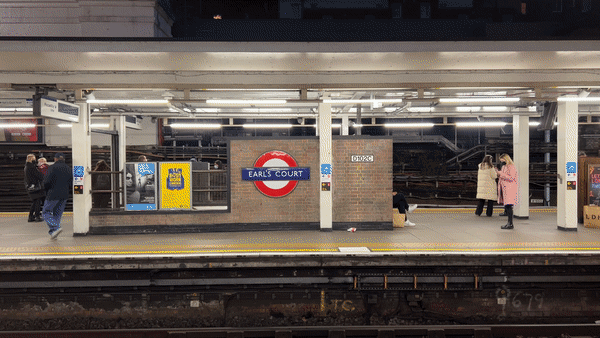

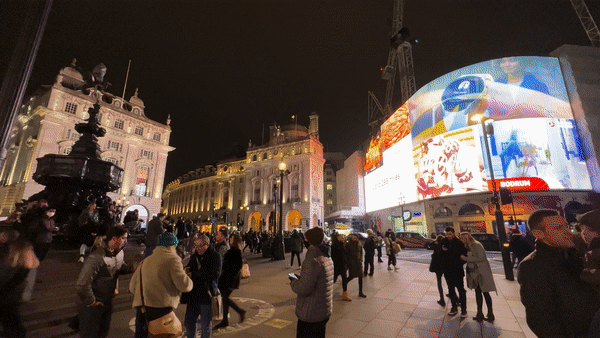
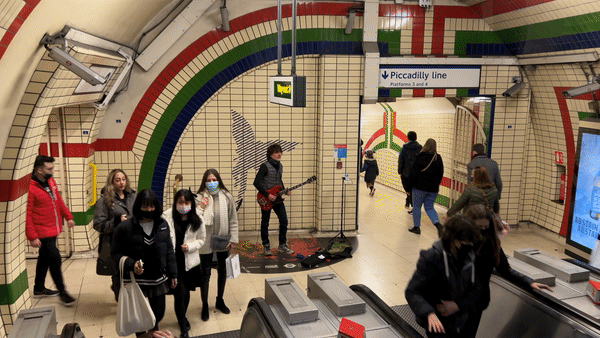
PROCESS
Going to London different place to collect different kinds of environmental sounds. For example: sound from underground, crowded area like picadilly circus and also hyde park. To see and analyses different soundscape and then transfer them into tangible forms.
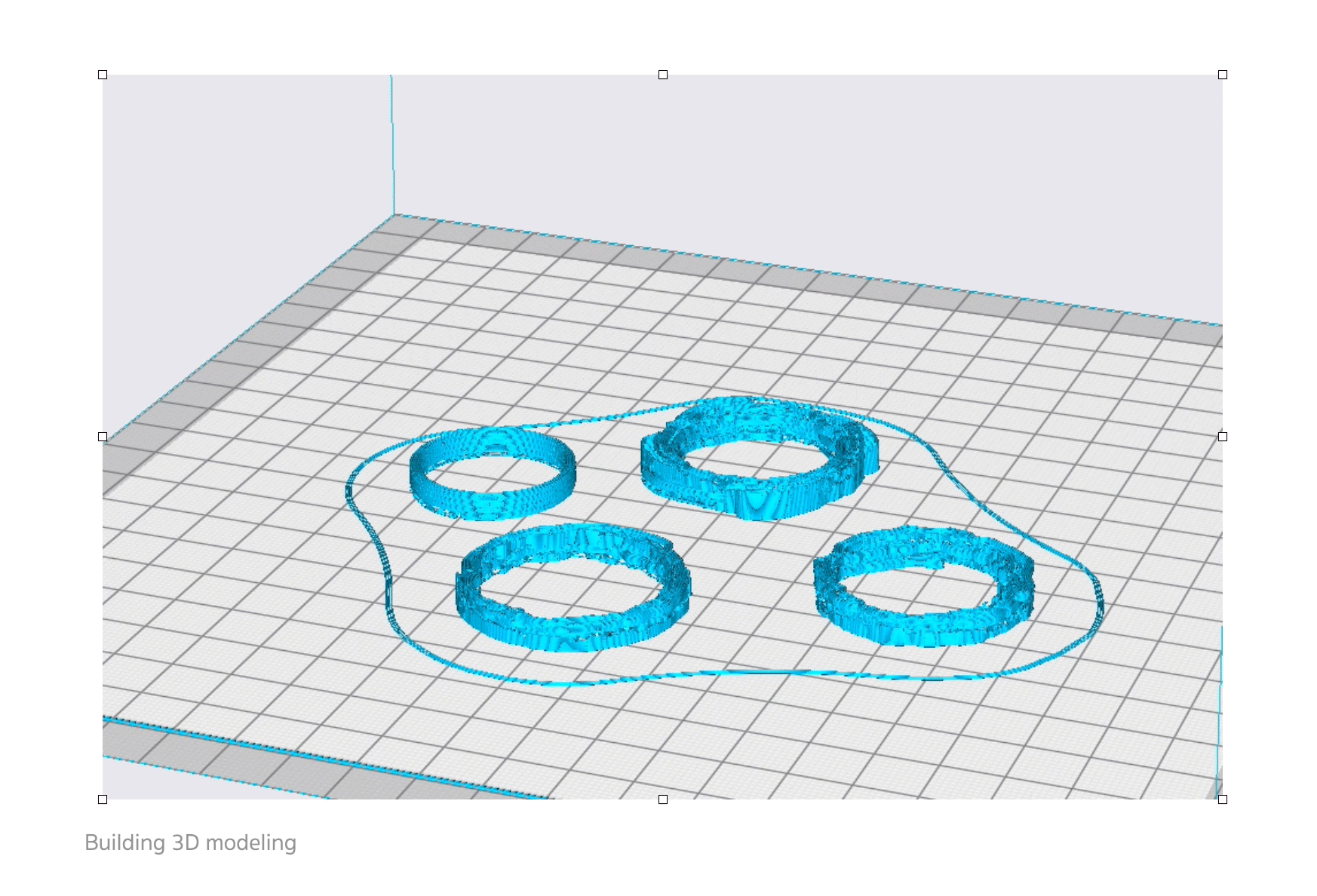
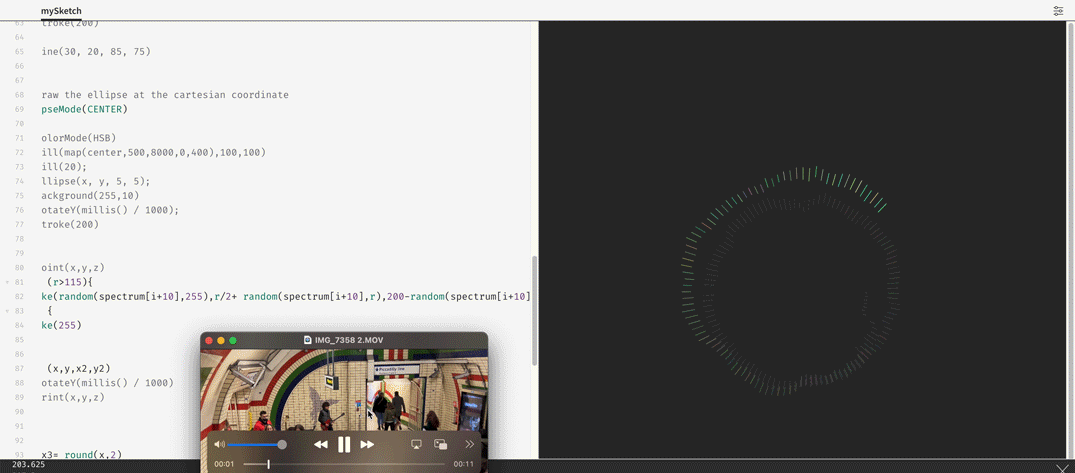
TECHNOLOGY:
This Etho used p5.js & FFT transfer sound into various shape. And with Rhino / Grasshopper to make it into 3D modeling to create the soundscape sculpture.
This Etho used p5.js & FFT transfer sound into various shape. And with Rhino / Grasshopper to make it into 3D modeling to create the soundscape sculpture.



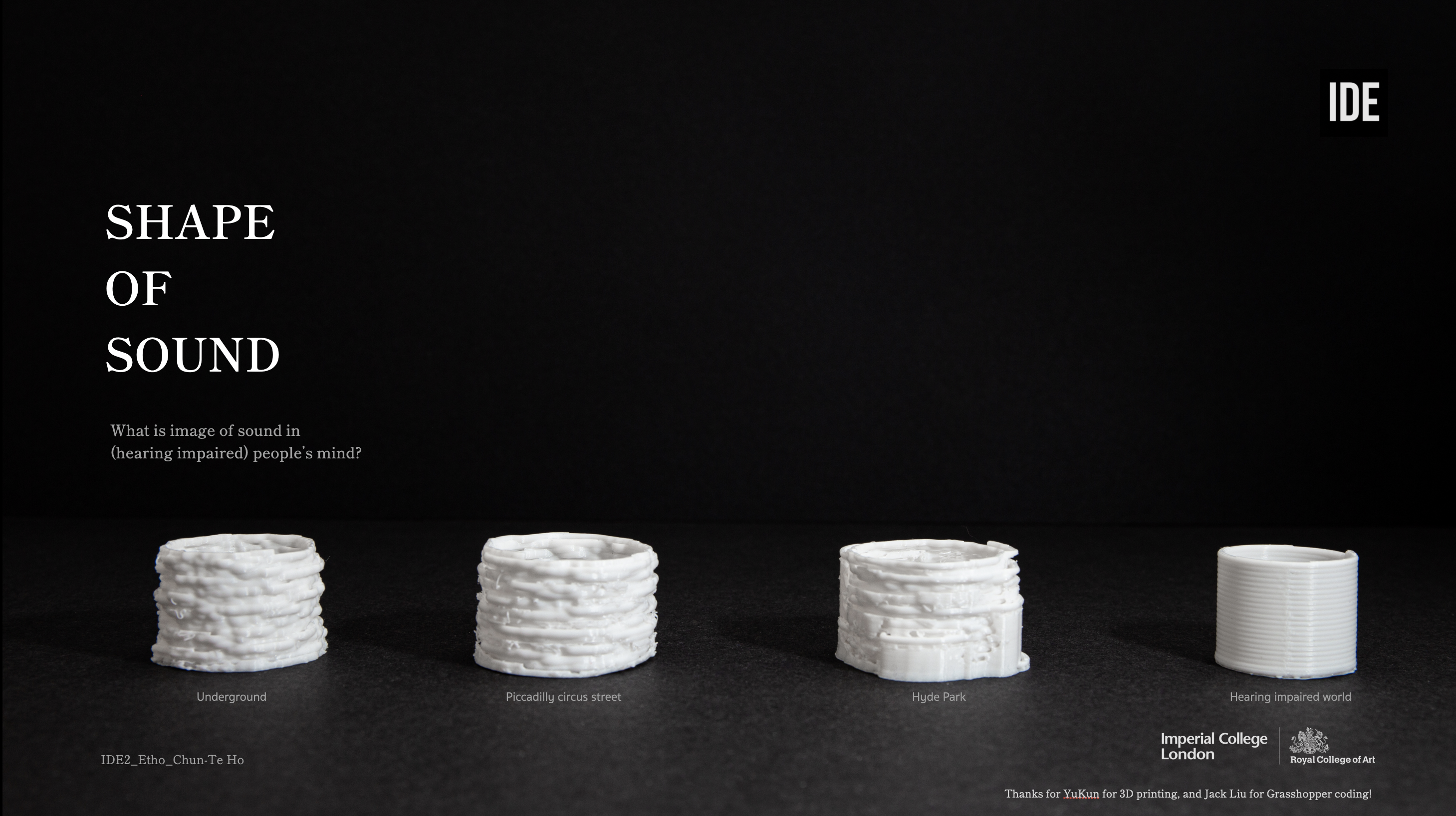
OUTCOMES:
The 3D-print mini sculpture was presented the different soundscape in London in a tangible way and also imagine about in the hard of hearing people’s world, what the sound looks like.
Special Thanks
Professor Dale Russell
Visiting professor
Royal College of Art
Yukun Ge
for 3D print
Design Engineering PhD Student
Imperil College London
Jack Liu
for grasshopper coding’s help
SOULmate
Your soul in a tiny robot
Overview
How to bond and synchronize people when they are in a long distance relationship ?
SOULMate, your soul in a tiny robot. You can remote control your robot and the perspective you see by face tracking technique. This gives you the autonomy to see what you would like to see and not limit by the other one.
How to bond and synchronize people when they are in a long distance relationship ?
SOULMate, your soul in a tiny robot. You can remote control your robot and the perspective you see by face tracking technique. This gives you the autonomy to see what you would like to see and not limit by the other one.
Role:
User Researcher
Design Prototyper
Duration:
Jan. 2021 (1 month)
Catagory:
#Robotic
#Interaction design
#Motiontracking
#OpenCV
User Researcher
Design Prototyper
Duration:
Jan. 2021 (1 month)
Catagory:
#Robotic
#Interaction design
#Motiontracking
#OpenCV
PROBLEM
During the covid situation, people can not meet face to face, which increases the isolation, loneliness, and other mental health issue occurring possibility. Then I start to think that how might I make a tiny robot to assist people to break physical boundaries and make people feel linkage and synchronised with significant others even when they are apart?
User reseach - Workshop
RESEARCH
During the long distant relationship workshops with 14 people (age from 22 to 45), I summarised top three insights are Sharing experience is the key to build the connection, which is important than the simulate physical feedback, video chat is lack of quality eye contact and easily distracted by the environment and physical objects can bring emotional attachment. 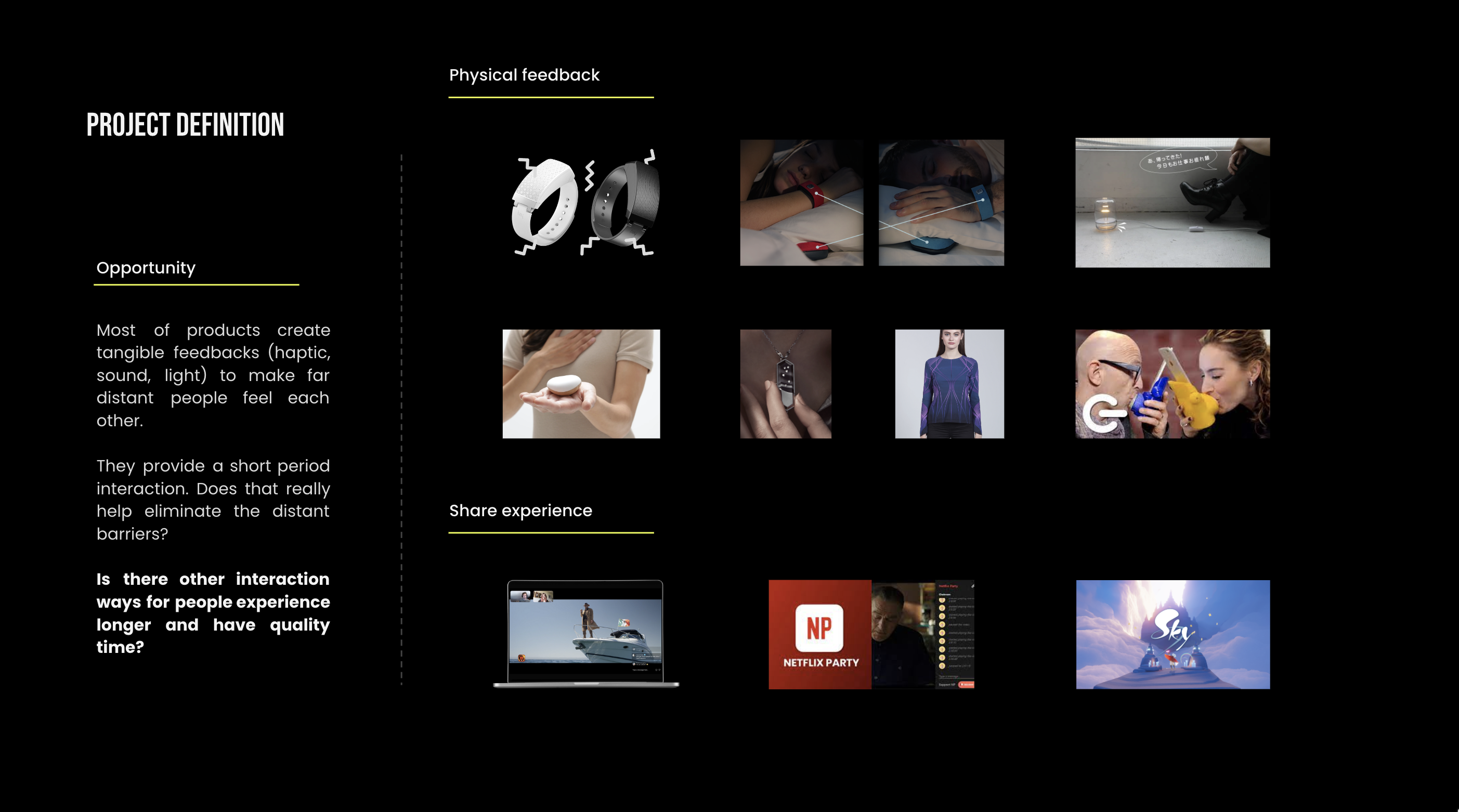
PRIOR ARTS
There are many products create tangible feedbacks to make long distant people feel each other. While it provids short period interaction. Is there any better way to bond long distant people?

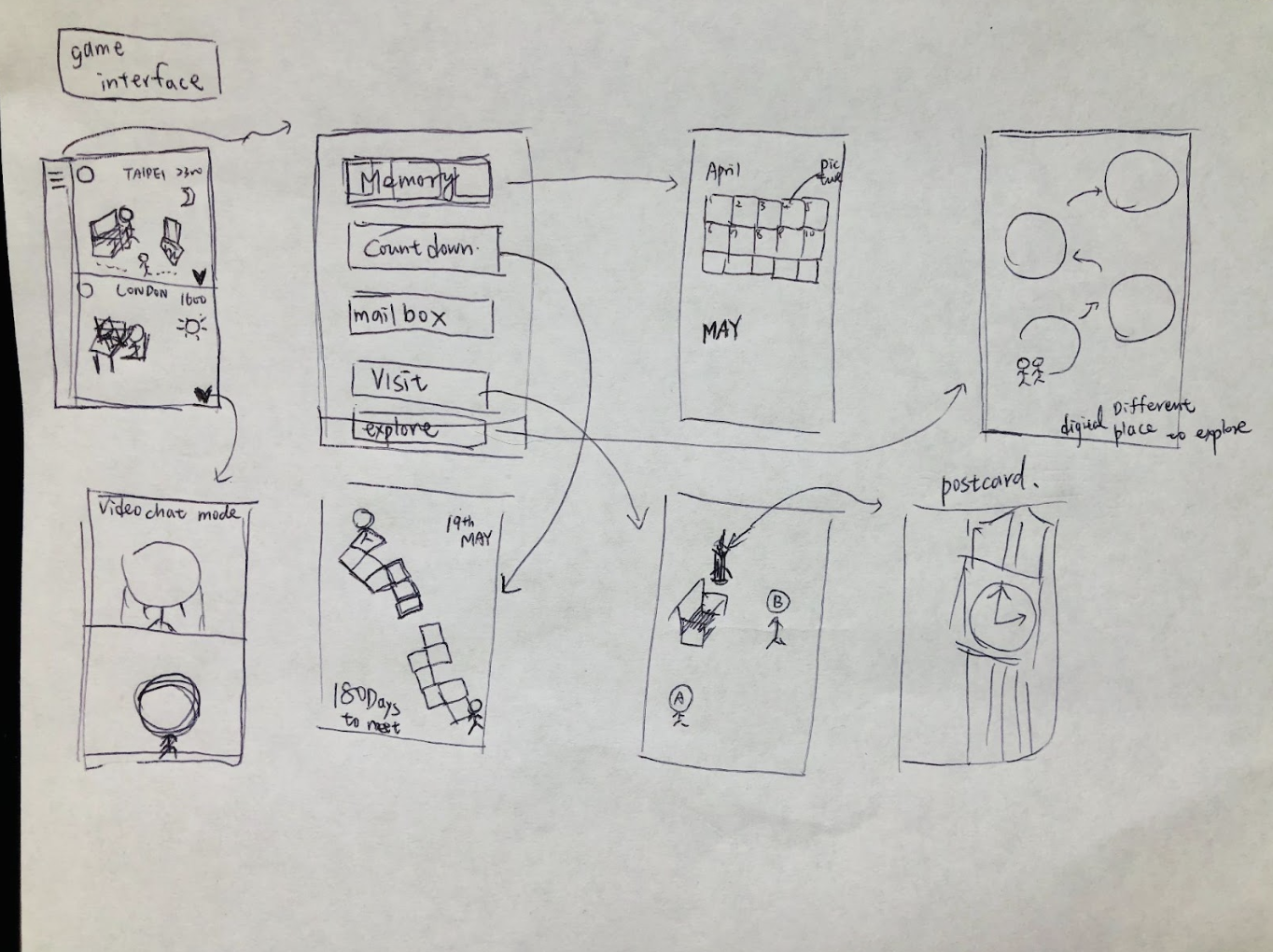

IDEATION
In ideation process, I explore the possibility of communication in long distant. Including instant printing machine, app game to link people’s life, tiny robot which you can put your soul in...etc
After iteration, my research question is
HOW MIGHT I put my soul in a robot and accompany to bond and synchronize with partner/ family in the real world ?
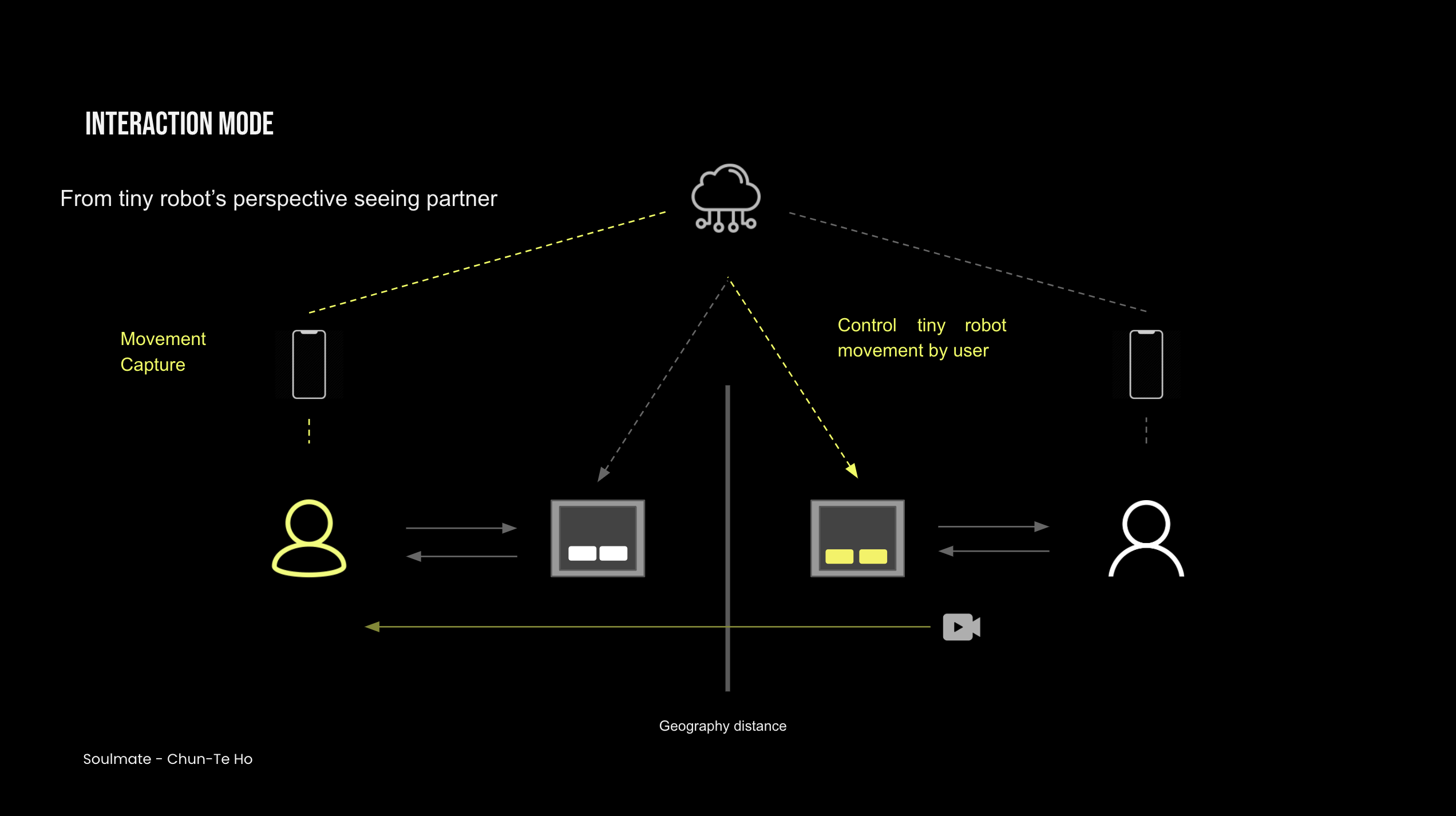
INTERACTION SYSTEM
Soulmate interaction mode include the mobile/laptop camera capture user’s image and detect people’s movement. Then transfer these information to the remote tiny robot to do the corresponding movement and show the remote video chatting.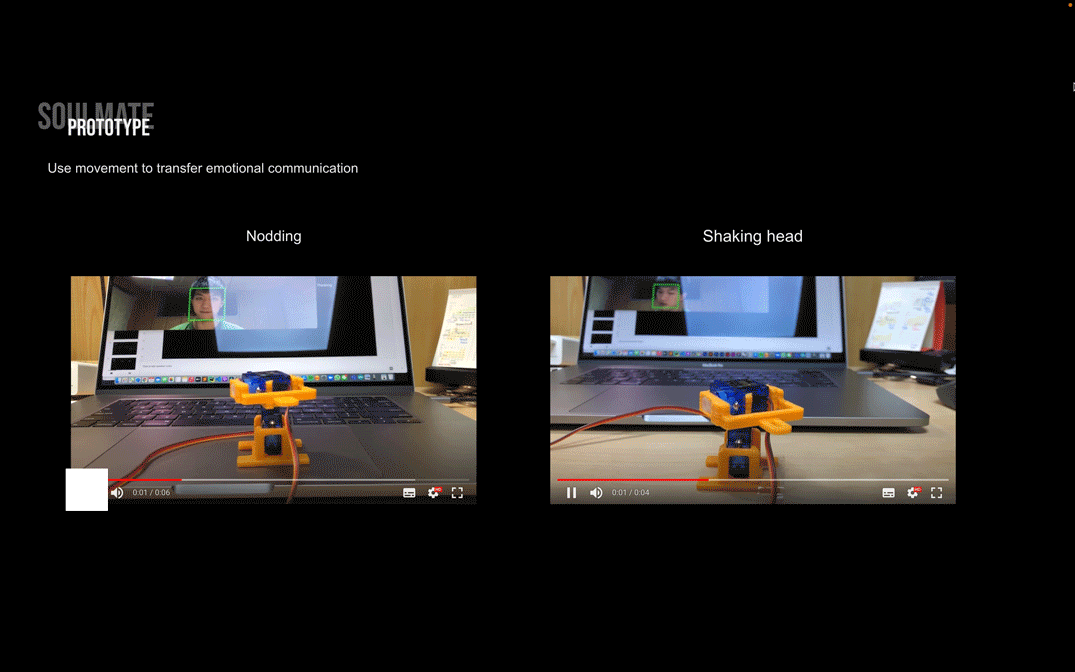
PROTOTYPE I:
To make more comprehensive and emotional attachment, the demonstration of tiny robot can express the emotion which present by the remote one through the computer vision motion tracking.
PROTOTYPE II
The demonstration of the computer vision motion tracking. User can see the scene in the other side and by the head movement, which create have the autonomy for user to control the angle and place of camera movement.
SUMMARY
"Soulmate" is a project provide new communication experience and companionship in a remote situation with a tiny robot that provides you the autonomy to express yourself, communicate with your loved ones and aim to help user to build a stronger bonding between them and feel each other even they can not really meet each other.REFELCTION
Due to the time limitation, this proejct did not extend to build the outlook of the robot and make the real distant test with people. In the future, it can build with the finish and test more rounds with people.Special Thanks to
Bjorn Sommer
1st year Module Lead
Royal College of Art
Assa Ashuach
Visiting Tutor
Royal College of Art
AWARDS
Student Project Award
Winner
RS Grassroot
HackStarter Program Fund
Cohort
Imperial College London
Student Project Award
Winner
RS Grassroot
HackStarter Program Fund
Cohort
Imperial College London
Waveblocks
Seating on waves
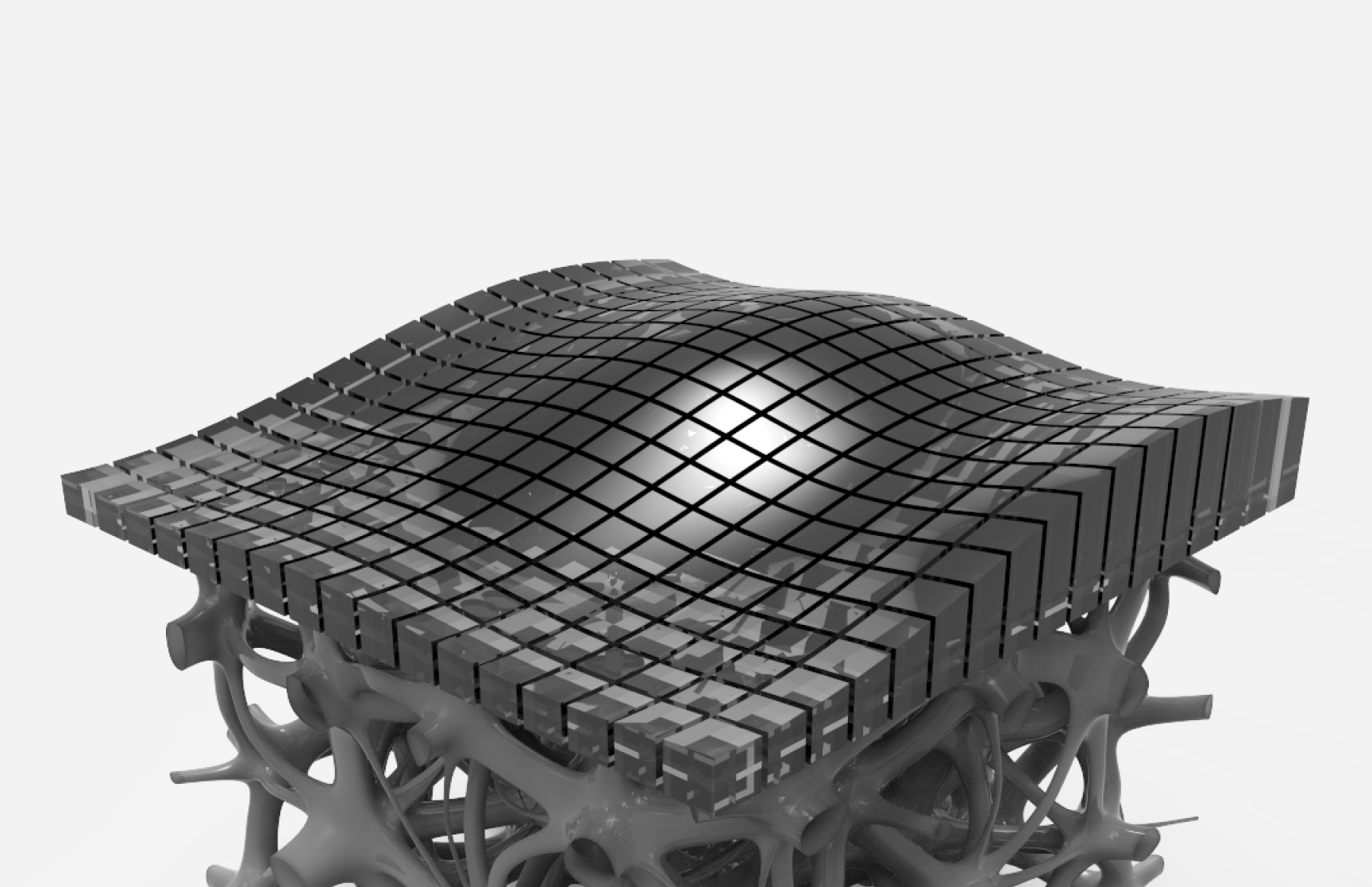
Overview
This proejct discovered how might I create a stool that can simulate people sitting on waves?
WaveBlocks is a customized stool with generative design and inspired by wave and materials structure. Users can interact with the stool and it can be customised by various shape, softness, just like waves have different kinds of form.
To acheive this, I use different materials structure which inspired by different materials atomics strudcture with different density. It can create various softness for people sit on the stool.
This proejct discovered how might I create a stool that can simulate people sitting on waves?
WaveBlocks is a customized stool with generative design and inspired by wave and materials structure. Users can interact with the stool and it can be customised by various shape, softness, just like waves have different kinds of form.
To acheive this, I use different materials structure which inspired by different materials atomics strudcture with different density. It can create various softness for people sit on the stool.
Solo Project
Role:
3D CAD design
Generative Design
Prototyper
Duration:
Jan. 2021 (1 month)
Category:
#Manufacturing
#Ergonomic
#Materialized 4.0
#MaterialsScience
Role:
3D CAD design
Generative Design
Prototyper
Duration:
Jan. 2021 (1 month)
Category:
#Manufacturing
#Ergonomic
#Materialized 4.0
#MaterialsScience
INSPIRATION:
WaveBlocks is inspired by nature tidal wave, and I raise a research question that “How might I create a superform for users to seat on the tidal waves?”
To answer this, I research and analysis about the characteristic of tidal waves. I extract the element of “Dynamic, fluid and organic” as the core of my superform creation.
WaveBlocks is inspired by nature tidal wave, and I raise a research question that “How might I create a superform for users to seat on the tidal waves?”
To answer this, I research and analysis about the characteristic of tidal waves. I extract the element of “Dynamic, fluid and organic” as the core of my superform creation.

EXPLORATION
SOFTNESS
Inspired by my materials science background, different atomic structure has different stacking density which can create various bouncing degree With 3D-generative software algrithom calculation and test. I can create and customise each WaveBlocks for user provide unique looks and softness.
CUSION
With different approach to simulate waves forms. At first, The low-fiedilty prototype is to simulate the form of tidal wave and also consider about the egnomics for users to sit.
Then explorated the ways to create various softness of the cusion and bouncing feedback.
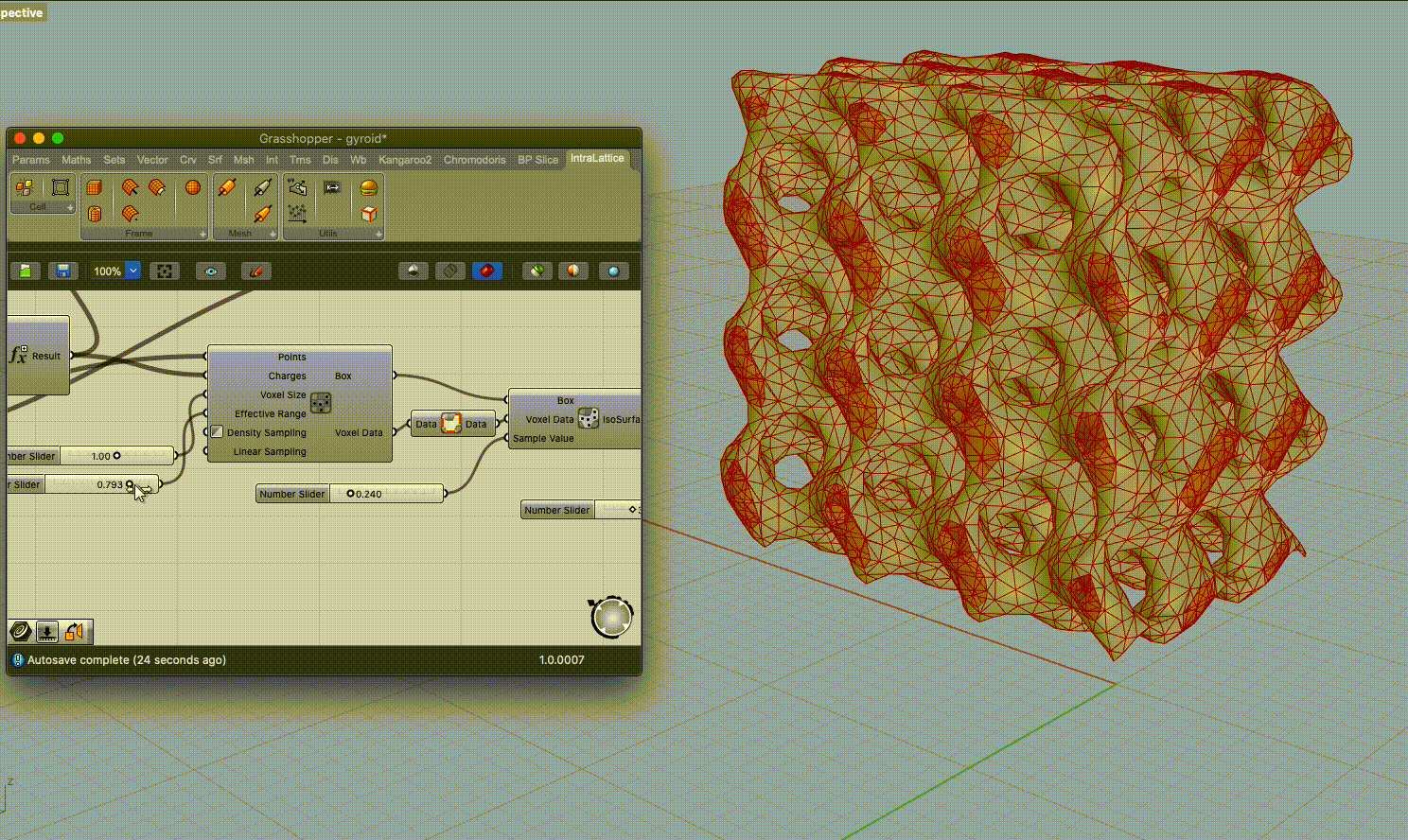
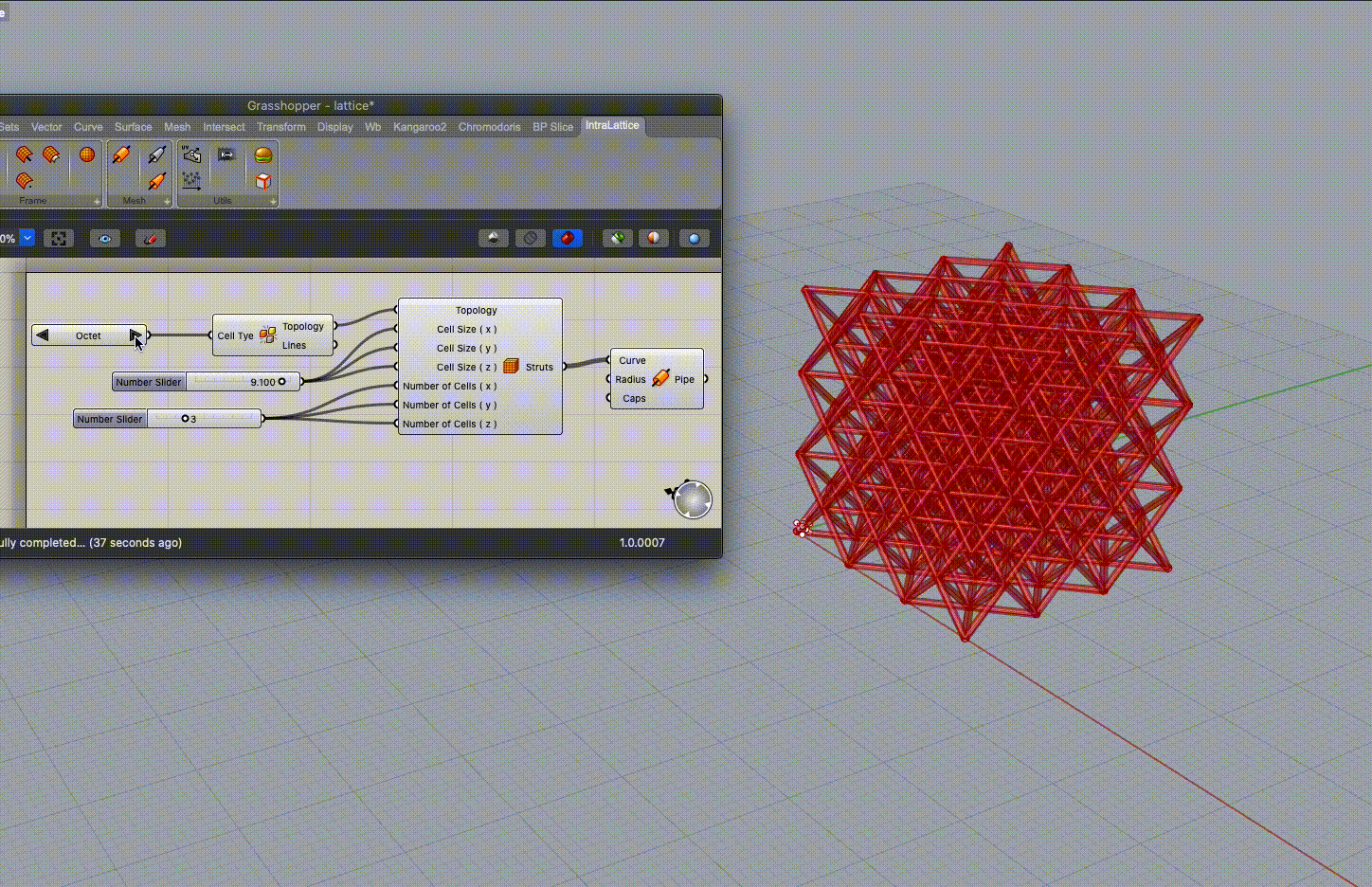
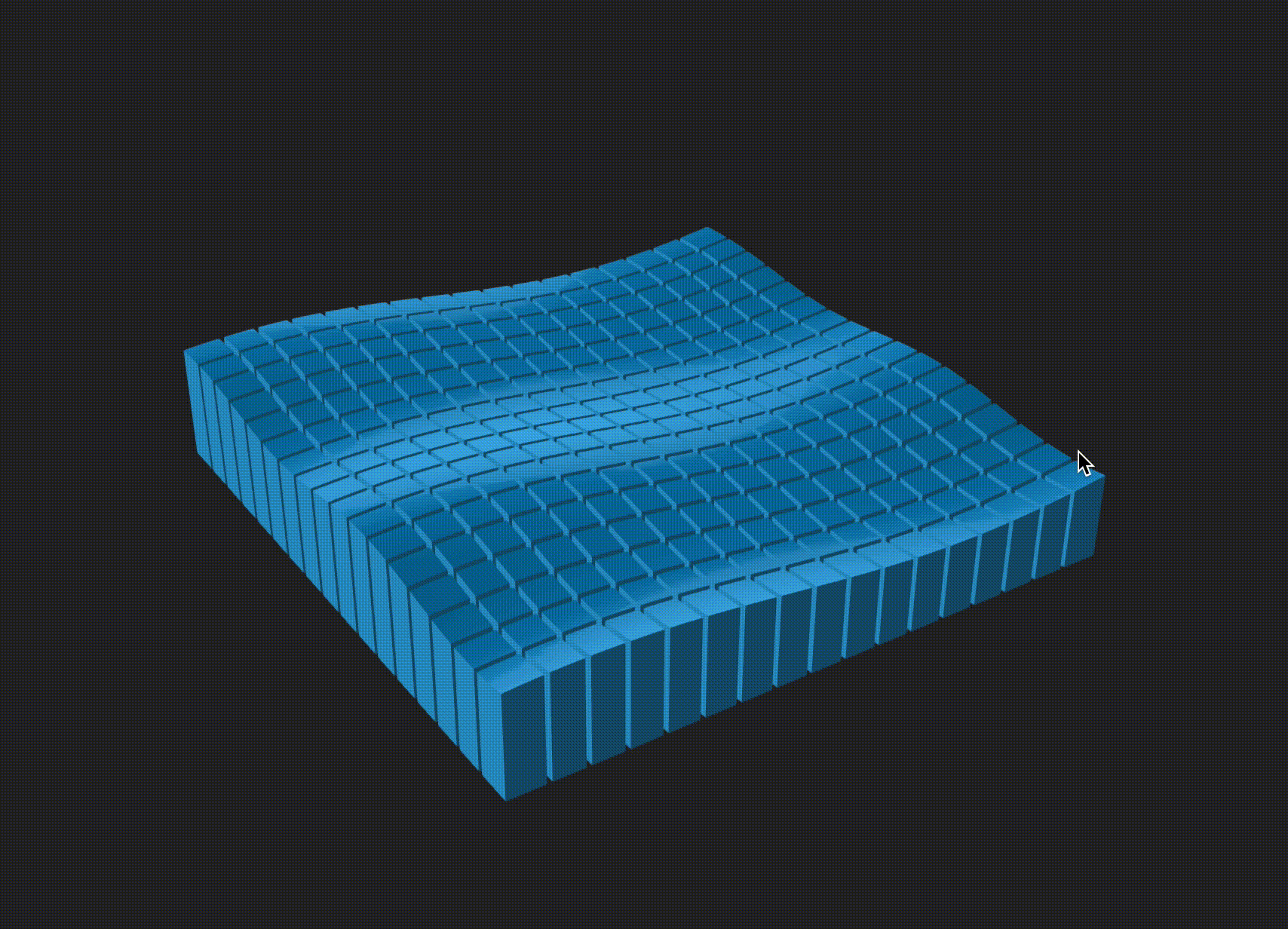




PROTOTYPE TEST
In order to test if the structural change can really change the elastic property of the stool, 3D-print prototypes had been tested. With the TPU materials, high density materials prototype are hard to have the elastic property. It needs to decrease the density to achieve elastic characteristic.
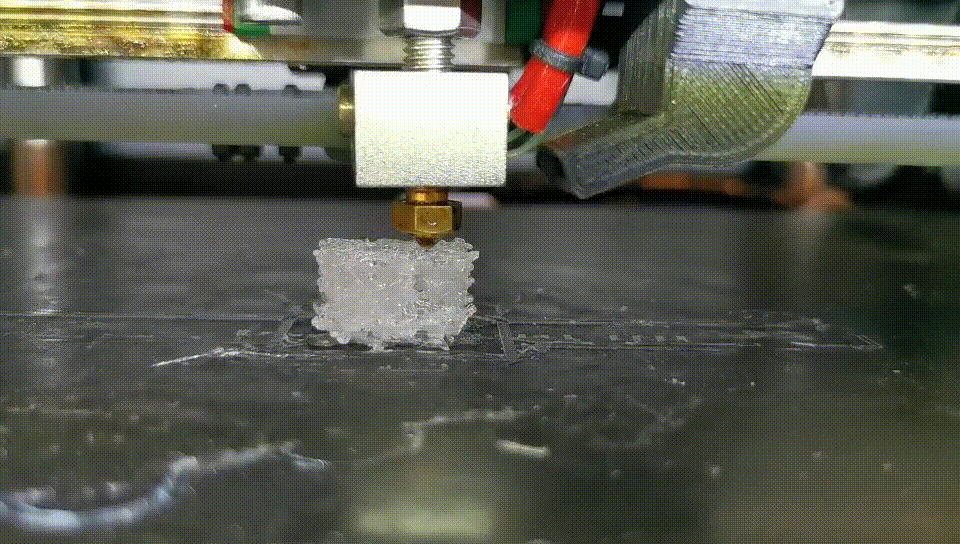

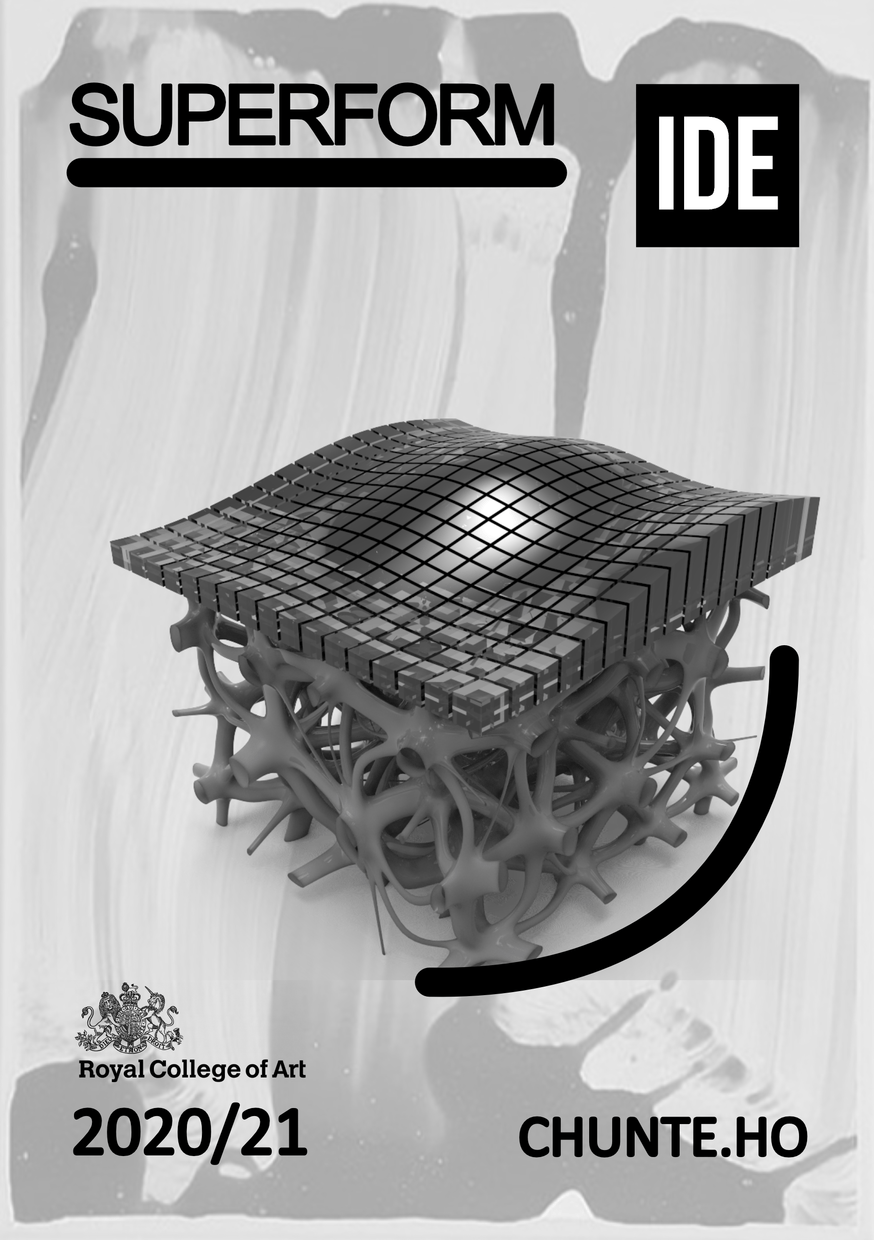
OUTCOME
WaveBlocks is a generative design stool with customised tidal wave cusion and different softness bouncing feedback by various material structure on the bottom site. Inspired by nature and provide users co-design through digital method to achieve materials 4.0 world personel futniture design.
REFLECTION
The Waveblocks now tested in a small scale, in the future, it can be scaled up to the real size. At that time, the bottom materials structure can be chosen with various materials like TPU, ABS, PLA or even wood to see each elastic degree and also can provide different options for users.
Special Thanks
Bjorn Sommer
1st year Module Lead
Royal College of Art
Assa Ashuach
Superform Lead
Royal College of Art
Fred Baier
Visiting Lecture
Royal College of Art
Bjorn Sommer
1st year Module Lead
Royal College of Art
Assa Ashuach
Superform Lead
Royal College of Art
Fred Baier
Visiting Lecture
Royal College of Art
Special Thanks
Yukun Ge
Innovation Design Engineering
Royal College of Art
Imperial College London
Yukun Ge
Innovation Design Engineering
Royal College of Art
Imperial College London

BRICKS
- Duration June 2020 (2 months)
- Solo project
- Materials Design internship @ makerbar
- Role: Materials Research and development
- Solo project
- Materials Design internship @ makerbar
- Role: Materials Research and development
“Bricks transferred oyster shell and reservoir silt into usable constructional materials to promote the sustainability of materials usage”
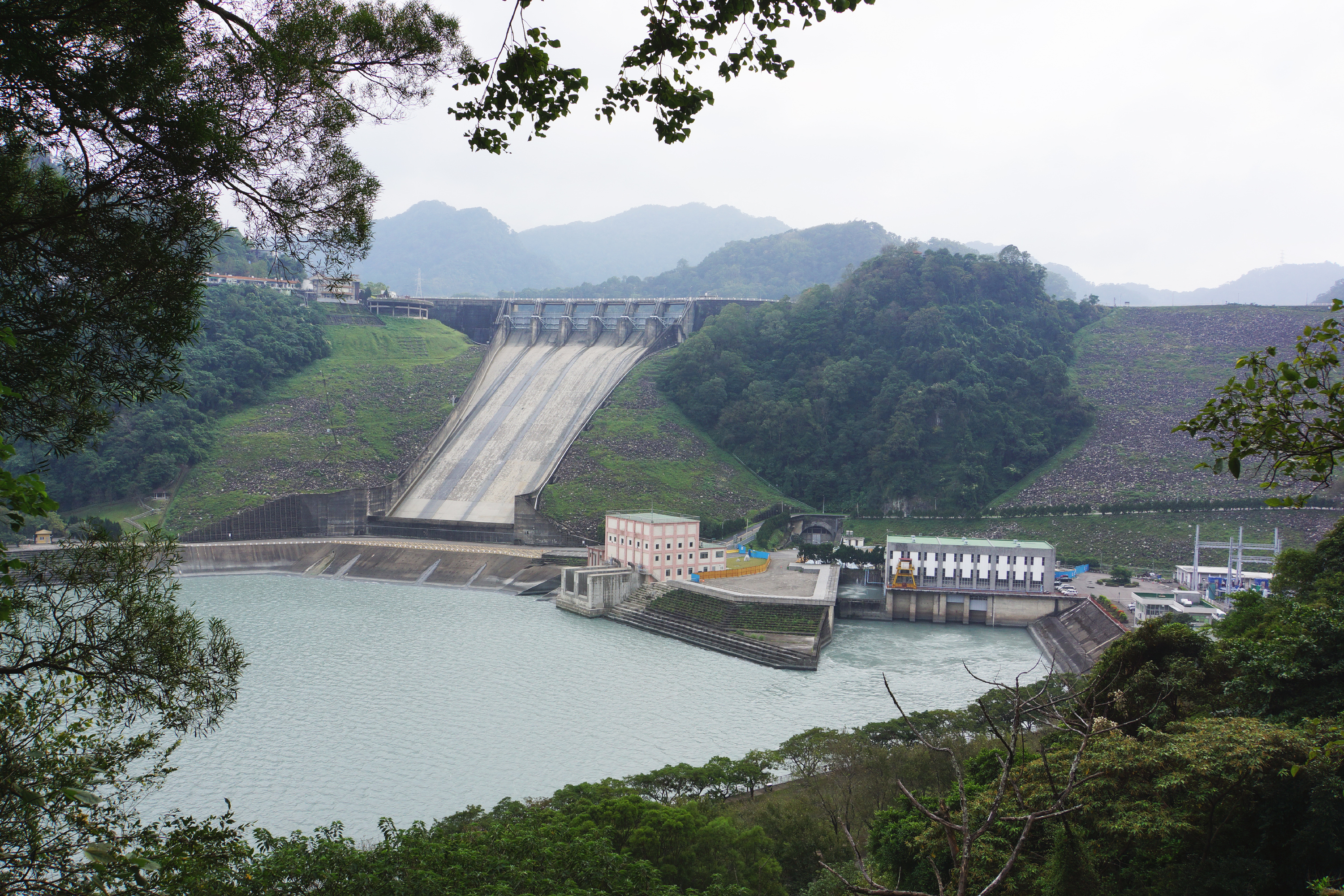
CHALLENGE
In Taiwan, there are over 3 Million ton reservoir silt and around 30% of reservoir is occupied by reservoir silt.
Also, waste oyster shell increases 150 thousand per year in Taiwan. There are tons of oyster shell on the road you can see while you drive through country side.

How to deal with THEM?
This project aim to transfer oyster shell and reservoir silt into usable constructional materials to promote the sustainability of materials usage and give new life for the wastes materials.
To make it concrete and have potential to use in building materials, I started research and find the suitable chemical reaction to create strong bonding between materials.


EXPERIMENTS:
With different ratio of silts, waste shell and solvent chemicals, to test different materials characteristics including strength, embrittlement and stiffness.

OUTCOMES:
Bricks re-uses waste oyster shell and reservoir silt and make them become a new sustainable construction materials that can create different shape sculpture. In the future, if optimised materials strength, it could be potential building materials.